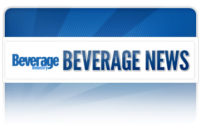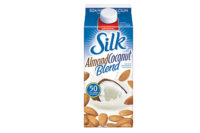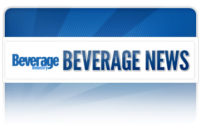Flavored whiskey boosts segment growth
Fireball Cinnamon Whisky jumps 200 percent

At InterBev last month, I attended an educational session about alcohol trends called “Where did my drink go?” presented by Nik Modi, managing director at RBC Capital Markets, New York. Modi acknowledged the growth of premium wine, craft beer, hard cider, imported beer and flavored malt beverages, but he also called out the trend of flavored whiskeys.
A recent global spirits report by Rabobank also noted that the whiskey segment grew 6.2 percent in the United States last year, and an estimated 45 percent of that growth was driven by flavored whiskeys.
As a result of this growing flavor trend, Sazerac Co.’s Fireball Cinnamon Whisky has jumped onto consumers’ radar and earned quite a following in the U.S. market. Dollar sales for the brand increased 201 percent during the 52 weeks ending April 20 in U.S. multi-outlets, compared with the prior-year period, according to Chicago-based Information Resources Inc. (IRI). Compare this with the 12.8 percent growth in dollar sales that the whiskey category showed during the timeframe, and it’s clear that Fireball is on to something.
Consumers of legal drinking age — millennials, in particular — often are drinking shots of Fireball or mixing it with hard cider, Modi noted in his presentation. But why exactly has Fireball become so popular? Other than taste, Modi partially attributes the brand’s success to its approachable nature, which appeals to millennials who might be intimidated by more sophisticated whiskeys. He also points out that the brand has created a great digital campaign and that pop culture is influencing its success as well.
Considering Fireball’s popularity and versatility, I’m looking forward to seeing how its evolution in the United States and abroad will progress.
Looking for a reprint of this article?
From high-res PDFs to custom plaques, order your copy today!







